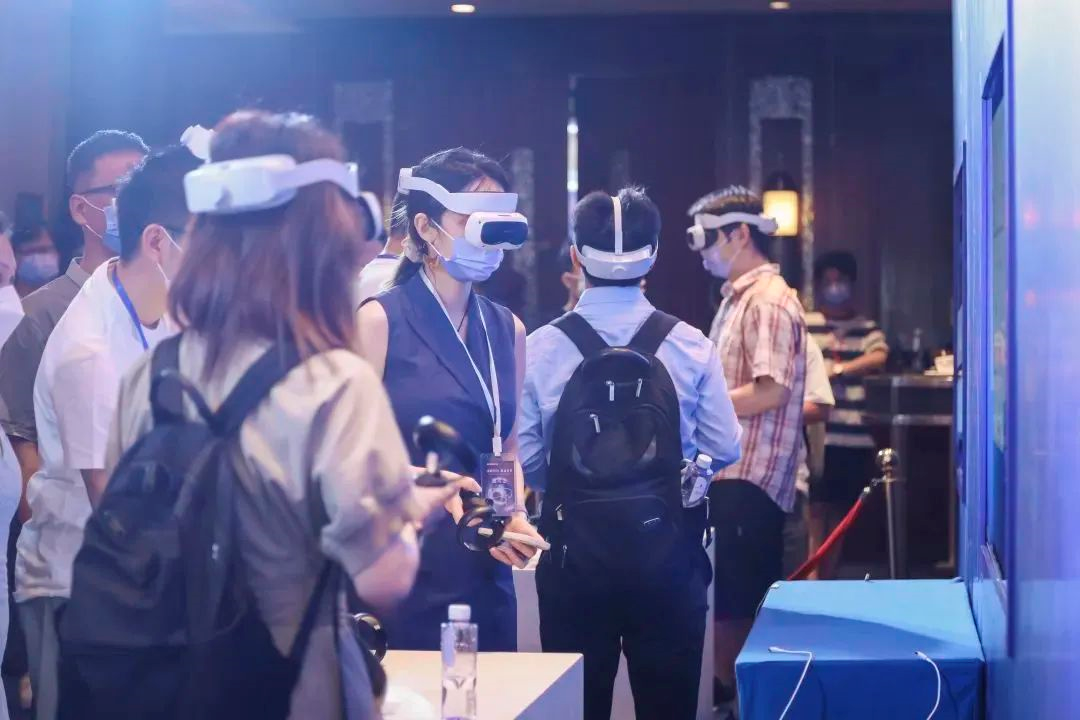According to the DSCC's latest Biannual Augment and Virtual Reality Display Technologies and Market Report, AR/VR display revenue will reach $942 million in 2022.
Despite the current global economic downturn, AR/VR shows a promising long-term outlook, with revenues projected to grow at a compound annual growth rate (CAGR) of 50.7% and reach $7.3 billion in 2027.

2022 has been a challenging year for AR/VR manufacturers, with Meta lowering its sales targets and SONY pushing back the launch of its PlayStation VR2 until February. Total device shipments of headsets and smart glasses are still expected to grow 11.5 percent compared to 2021. We note that AMOLED panels have already started shipping for SONY headsets, so they are contributing to panel revenue this year.
AMOLED has been losing market share because its pixel density cannot compete with high-resolution LCD panels. The PlayStation VR2 will have a panel of 850 PPI, a significant improvement over the 615PPI of previous AMOLED headsets such as the Oculus Quest 1 and HTC Vive Pro. We believe that Samsung Display has developed a new process to achieve this level of pixel density, and it can be speculated that the pattern technology is based on lithography, although advanced FMM is also possible (as introduced by APS Research on the AR/VR Display forum), But whether other brands will adopt high-resolution AMOLED in future headsets remains to be seen.
LCDS still easily beat AMOLED in pixels. The recently launched Meta Quest Pro and Pico 4 have panels of 1050PPI and 1200PPI respectively. Some LCD panel manufacturers even showed products with more than 2,000 PPI. To exceed this level, microdisplays made on CMOS silicon-based backplanes must be used.
We expect the silicon based OLED (SiOLED) miniature display headset to start shipping next year. After that, Apple is likely to release a more affordable headset for consumers, but there is some uncertainty about the display configuration. We think Apple will stick with SiOLED and will push suppliers to reduce the cost of display. Meta may also consider SiOLED technology for the second generation of Quest Pro. Under this scenario, SiOLED revenues could reach as much as $1.3bn next year and double by 2024.
For perspective AR products, most companies developing smart glasses seem to be betting on MicroLED technology, with only Magic Leap adopting LCoS. Meta was one of the first companies to recognize the importance of MicroLED and has been investing in the technology for several years. Vuzix is still planning to release its first MicroLED smart glasses, which currently only display monochrome images. Some of the smart glasses products being developed by Chinese brands are also considering using SiOLED displays, and we expect SiOLED to have the largest market share of AR/VR displays from 2025 onwards.
Gestant Display Technology Co.,Ltd. could provide a series of LCD and OLED products, such as AMOLED Screen, PMOLED Screen, Round Display Screen, Flexible Display Screen, TFT LCD, Mono-LCD and Bar Display Screen. Customize PCBA/LCD/OLED/FPC/Backlight/Coverlens/TP solutions.
